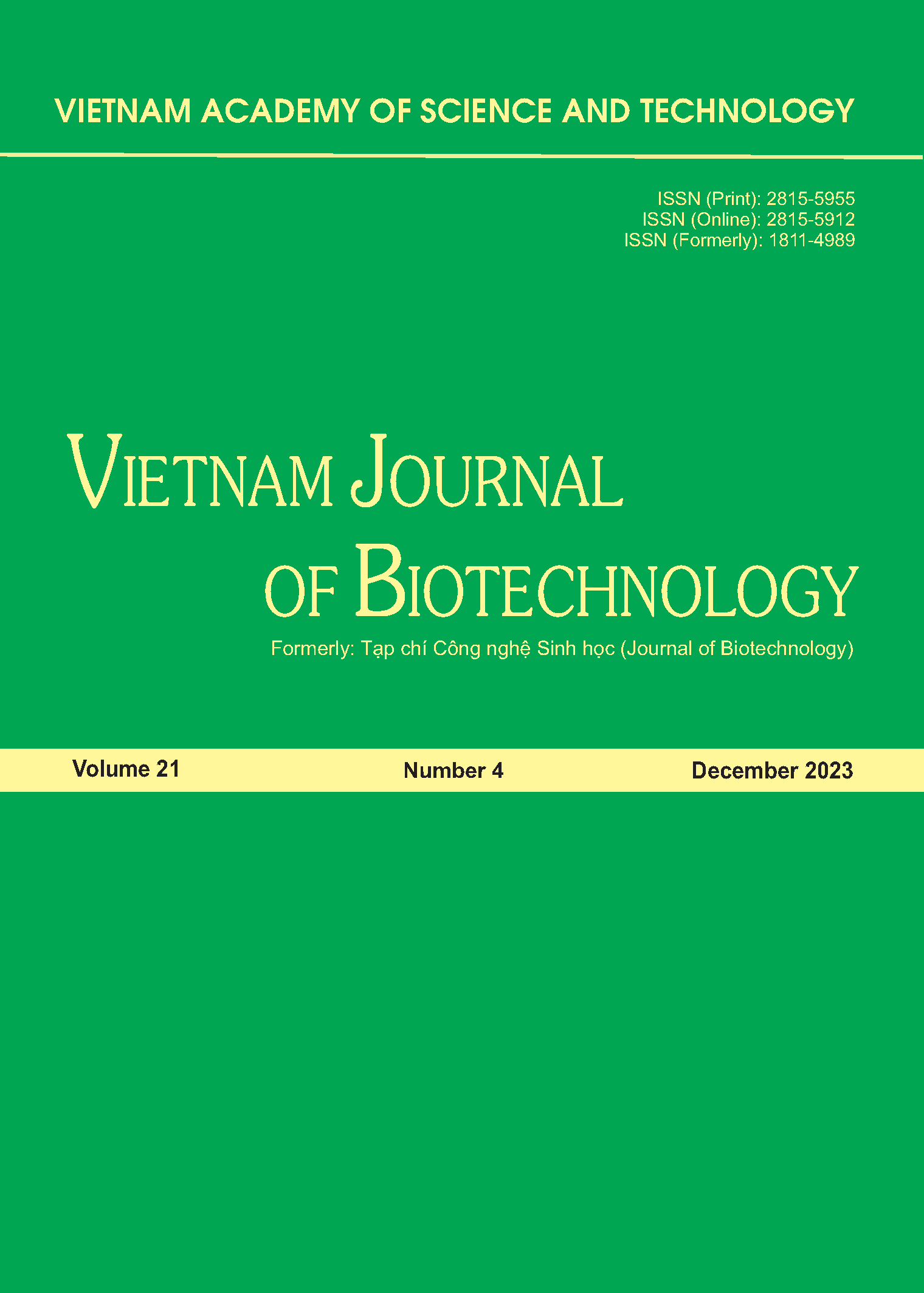Optimizing the mixing formulas of cordyceps tea: Using sensory method and testing harmful microorganism
Author affiliations
DOI:
https://doi.org/10.15625/1811-4989/20288Abstract
This study aimed to develop a raw material blending process and evaluate the sensory characteristics of an herbal tea mixture containing Cordyceps militaris in combination with pineapple (Ananas comosus), ginger (Zingiber officinale(Willd.)), lemongrass (Cymbopogon citratus), and chrysanthemum (Chrysanthemum indicum). The research showed no presence (negative) of harmful microorganisms and quantities that could affect consumers in two consecutive tests. The sterilization and raw material blending process met the food safety standards (TCVN). The sensory evaluation results from consumers identified two mixed herbal (NT2 and NT5) tea formulations that received the highest ratings (7.730 and 8.040 points, respectively) and they were significantly higher than the remaining formulations while being not significantly different from each other, indicated that researchers can select suitable raw materials and blending ratios for large-scale production.







